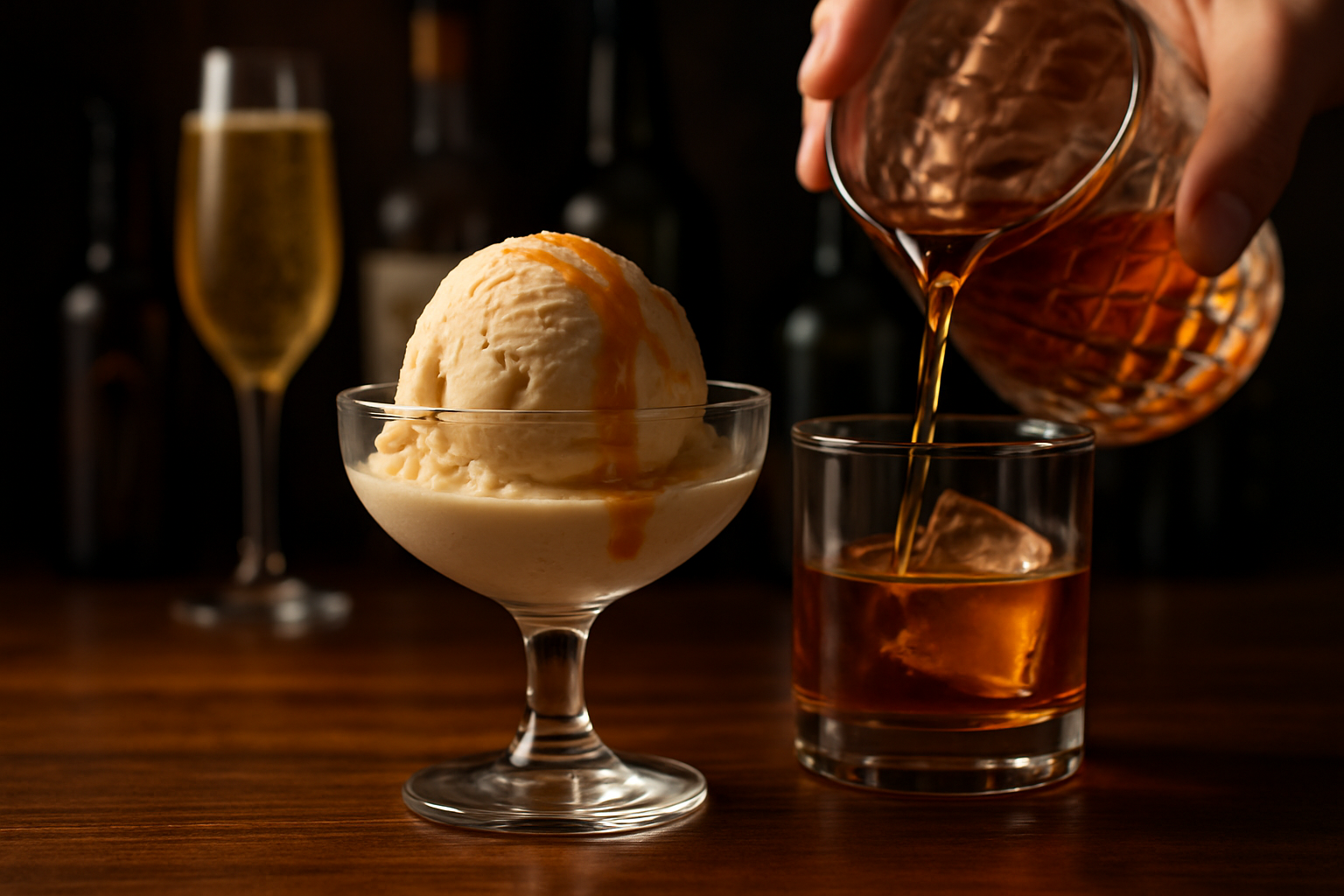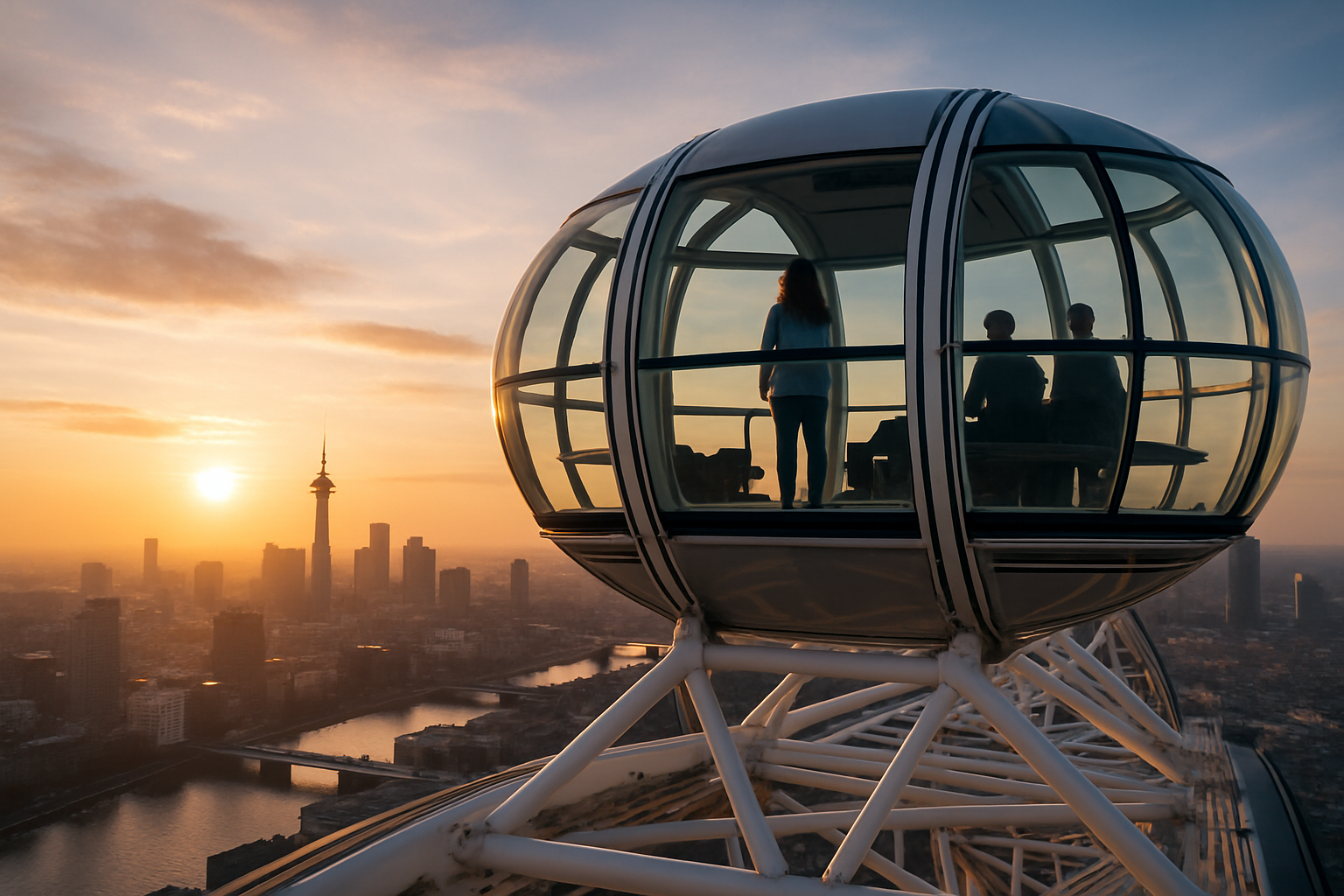Culinary Alchemy: The Art of Smoke-Infused Cocktails
Smoke-infused cocktails are taking the mixology world by storm, offering a sensory experience that tantalizes both the palate and the eyes. This innovative trend combines the age-old technique of smoking with modern cocktail craftsmanship, resulting in drinks that are as visually stunning as they are flavorful.

The type of wood or material used for smoking greatly influences the final flavor. Hickory imparts a bold, bacon-like essence, while applewood offers a sweeter, fruitier note. Herbs like rosemary or thyme can add aromatic complexity, while spices like cinnamon or star anise bring warmth and depth to the drink.
Bartenders must carefully consider the base spirit and other ingredients when choosing a smoke flavor. A peaty Scotch whisky, for instance, pairs well with a light fruit wood smoke, enhancing its inherent smokiness without overpowering the drink’s other nuances.
Techniques for Smoke Infusion
There are several methods mixologists employ to infuse smoke into cocktails, each offering unique benefits and challenges. The most common technique involves using a smoke gun or handheld smoker. This device generates cool smoke that can be captured under a glass cloche, allowing the drink to absorb the smoky essence.
Another popular method is the use of a smoking board. Bartenders ignite wood chips or herbs on a wooden plank, then quickly invert a glass over the smoldering material. As the glass fills with smoke, it’s flipped right-side up, and the cocktail is poured in, capturing the smoke within the liquid.
For a more subtle approach, some bartenders opt for smoke-infused ice cubes. By freezing water that has been exposed to smoke, they create ice that slowly releases smoky flavors as it melts, providing a gradual transformation of the drink’s profile.
Crafting the Perfect Smoke-Infused Cocktail
Creating a well-balanced smoke-infused cocktail requires careful consideration of all components. The base spirit should be robust enough to stand up to the smoke without being overwhelmed. Bourbon, mezcal, and peated Scotch are popular choices due to their inherent smoky qualities.
Sweeteners play a crucial role in balancing the often intense smokiness. Maple syrup, for instance, complements wood smoke beautifully, while honey can soften harsher smoke flavors. Citrus elements like lemon or grapefruit juice can brighten the drink and cut through the heaviness of the smoke.
Garnishes for smoke-infused cocktails often play into the theme, with many bartenders opting for charred fruit, smoked salt rims, or even edible flowers that have been lightly smoked. These finishing touches not only enhance the visual appeal but also contribute to the overall sensory experience.
The Role of Presentation in Smoke-Infused Cocktails
The spectacle of smoke-infused cocktails is a significant part of their appeal. Many bars and restaurants have embraced theatrical presentations, with bartenders performing the smoking process tableside. This interactive element adds value to the customer experience, turning a simple drink order into a memorable event.
Glassware selection is crucial in smoke-infused cocktails. Wide-mouthed glasses or those with unique shapes can better capture and display the swirling smoke. Some establishments invest in specialized equipment like smoke-filled decanters or domed serving trays to enhance the visual impact.
Lighting also plays a vital role in presentation. Dim, warm lighting can accentuate the smoky wisps, creating an almost mystical atmosphere around the cocktail. Some bars go as far as using LED-lit coasters or glassware to further highlight the smoke’s movement.
Smoke-Infused Mocktails: Expanding the Trend
The popularity of smoke-infused cocktails has led to the development of non-alcoholic versions, catering to the growing demand for sophisticated mocktails. Mixologists are experimenting with smoked teas, fruit juices, and even dairy alternatives to create complex, smoke-infused beverages without alcohol.
These mocktails often employ similar techniques to their alcoholic counterparts but require even more careful balancing of flavors. Without the strong base of spirits, smoke can easily overpower other ingredients. Creative use of herbs, spices, and fruit purees helps to create depth and complexity in these alcohol-free options.
The rise of smoke-infused mocktails demonstrates the versatility of this technique and its potential to revolutionize the entire beverage industry, not just the world of spirits.
Helpful Tips for Smoke-Infused Cocktails
• Start with a small amount of smoke and gradually increase to avoid overpowering the drink
• Experiment with different woods and herbs to find unique flavor combinations
• Use chilled glasses to help capture and retain the smoke
• Consider the drink’s temperature; cold cocktails tend to hold smoke flavors better
• Always prioritize safety when working with open flames or smoking devices
• Pair smoke-infused cocktails with complementary foods for a complete sensory experience
In conclusion, smoke-infused cocktails represent a fascinating fusion of tradition and innovation in the world of mixology. By harnessing the complex flavors of smoke and combining them with carefully selected ingredients, bartenders are creating drinks that appeal to all senses. As this trend continues to evolve, we can expect to see even more creative applications of smoke in both alcoholic and non-alcoholic beverages, pushing the boundaries of what’s possible in the glass.





